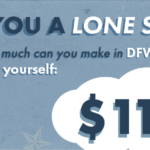Do you dream of using your esthetics skills in a new career field? We have an idea for you! If you want to take your esthetician business to the next level, consider becoming a medical esthetician.
Is it hard for a traditional esthetician to make the switch? Not at all!
Keep reading. We created this guide to teach you everything you need to know about medical estheticians and help you decide if it’s the right career.
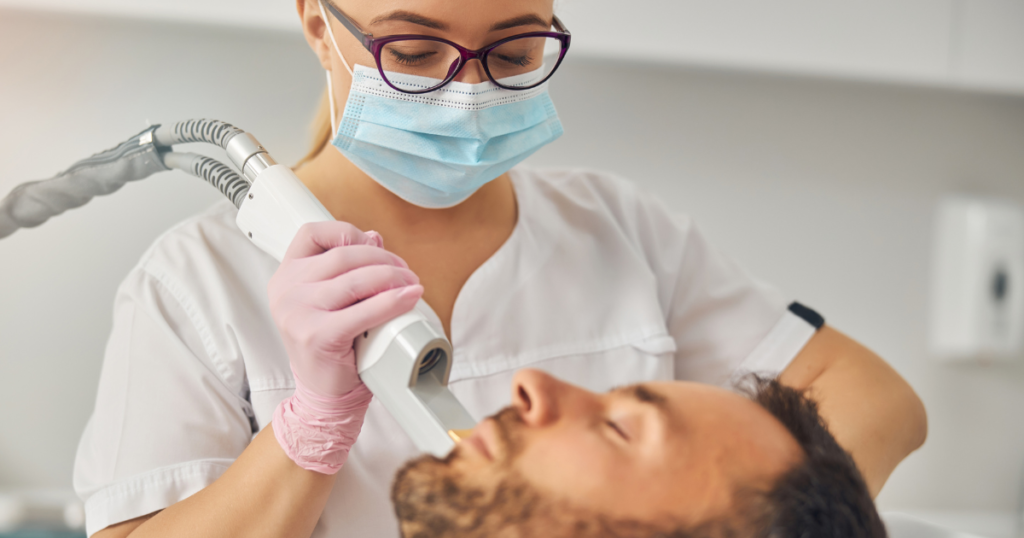
What Does a Medical Esthetician Do?
Medical estheticians perform advanced skin care services in clinics and hospitals. Doctors and nurses treat thousands of patients with severe skin traumas, burns, and other conditions. They call a medical esthetician when they need a specialist to manage post-op skin care and other related duties.
If you become a medical esthetician, you’ll help patients heal and rejuvenate their skin. Your day could involve anything from applying permanent makeup to performing a manual lymphatic drainage massage. It depends on where you work. Here’s what to expect as a medical esthetician:
- At a dermatologist’s office: Medical estheticians that work in a dermatologist’s office treat skin conditions like eczema, acne, hyperpigmentation, and even burns. You work to make these conditions less noticeable and help patients rebuild their confidence. And you can expect to perform quite a bit of laser treatments.
- At a med spa: In a medical spa, a medical esthetician handles treatments similar to traditional estheticians, like chemical peels and microdermabrasion. But you also perform more specialized tasks, like tattoo removals and vascular lesion reductions.
- A medical center: Medical estheticians see the most variety of work in medical settings, like plastic surgery practices, hospitals, or rehab clinics. You may give skin care advice to burn victims or help chemotherapy patients find wigs. Along with procedures, expect to do a lot of administrative work, like maintaining medical charts, sanitizing treatment rooms, and following up on patients after they’re discharged.
Think carefully about where you want to work before becoming a medical esthetician. What kind of treatments do you prefer? What workload are you willing to take on? Some settings will be more intense than others. And it could make all the difference in your career satisfaction. For example, a hospital has more unpredictable hours than a med spa.
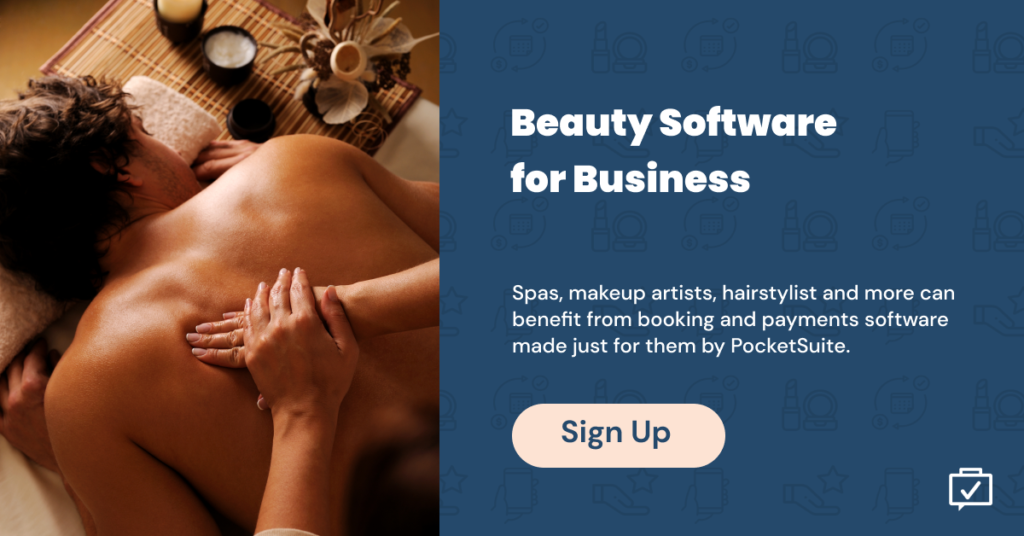
How Do Estheticians And Medical Estheticians Differ?
Can you tell the difference between an esthetician and a medical esthetician? Don’t worry, we’ll help you through it.
Traditional estheticians are skilled at treating minor skin conditions. Their training involves routine skin care for spa clients, like hair removal and facials. On the other hand, medical estheticians deal with traumatic skin injuries like burns and plastic surgery recovery. They go through specialized training to help medical teams with clinical procedures. Some people use “aesthetician” to distinguish medical estheticians from other estheticians, but the terms are interchangeable.
Also, it’s easy to confuse medical estheticians with nurse estheticians. Many of their duties overlap. But, nurse estheticians can perform invasive procedures like botox and fillers. Nurse estheticians start as registered nurses and then specialize in esthetics.
Is a Medical Esthetician a Doctor?
No. Medical estheticians play an important role in medical settings, but they are not doctors. They do not have to study medicine or complete a medical program. A medical esthetician’s procedures are noninvasive. They simply provide support to doctors and nurses.
What Skills Do You Need to Become a Medical Esthetician?
First off, traditional esthetician skills are a must for medical estheticians. You should be a customer service pro and have keen attention to detail. Also, your role will include collaborating with the medical team on procedures and patient care. So, you have to be a team player. This can be tough if you’re used to the solo esthetician lifestyle. But you’ll get the hang of it.
It’s also a good idea to pick up some business and financial management courses. Who knows? You might branch out one day and start a medical spa. So, be prepared to take that next step!
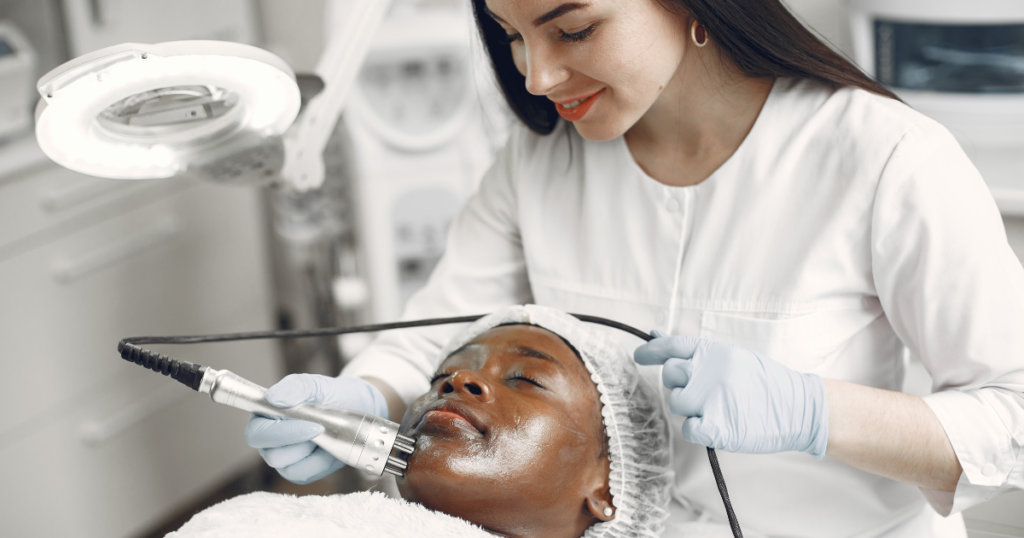
Important: Medical estheticians care for a patient’s mental well-being as much as their physical appearance. Some of your patients will suffer from intense medical issues, so you must be empathetic and patient. You will take steps to reduce their anxiety and make their day easier. This could mean teaching them how to apply makeup or style their hair to minimize the appearance of their condition. If you’re passionate about making people feel good about themselves, this job is for you!
How Long Does It Take To Become a Medical Esthetician?
Becoming a medical esthetician can take between 9 months and two years. You can opt for a short certificate program at a cosmetology school or an associate’s degree program from a community college.
Medical esthetician courses usually teach permanent makeup, pre and post-surgical skin care, manual lymphatic drainage, and advanced hair removal. To graduate, you participate in classroom study and complete hands-on training. If you’re considering becoming a medical esthetician, you don’t have to go all in immediately. Feel free to start with traditional esthetician training and work experience before you specialize. That way, you can get a glimpse into your career while building the skills you need to succeed.
After completing a training program, you must obtain an esthetician’s license. Both estheticians and medical estheticians are required to be licensed by the state. There’s no special license for medical estheticians. You must get a general esthetician license.
Each state has different licensing requirements, so check your local laws. And make sure your course fits the requirements of the state you want to work in! For example, some states require you to complete a board-approved program, and others will accept an apprenticeship. At a minimum, you’ll need about 600 hours of practical training to qualify for an esthetician license.
Once you’re all set with a license, it’s time to find a job and gain experience in your field. We’re rooting for you!
Is Being a Medical Esthetician Worth It?
This all sounds great, but does it actually pay off? A traditional esthetician’s salary is about $41,700 annually, while medical estheticians make about $45,670. It’s a decent salary increase. Just remember to weigh it against the cost of additional training.
Also, traditional estheticians can build an independent client list and turn their skillset into a six-figure business. You won’t take on clients as a medical esthetician, but entrepreneurship opportunities exist. You can form partnerships with physicians that don’t offer esthetics in their office. This means more business for both of you. And one day, with years of experience, you can open your medical spa. The sky’s the limit!
Besides finances, you need to compare the lifestyle differences between both careers. Medical estheticians typically work in offices with fixed hours or shifts. This is a massive relief if you want a stable position and consistent income. On the other hand, traditional estheticians have the freedom to drop a rude client and make their schedule.
With any job, it’s essential to do your research. Talk to career advisors and professionals to understand if becoming a medical esthetician is the right path for you.
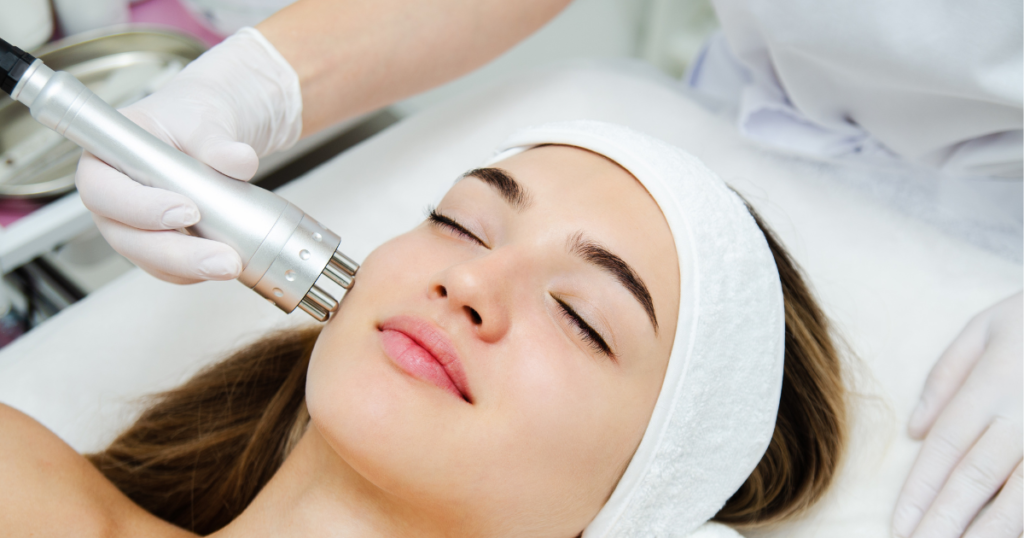
The Bottom Line
A medical esthetician is specially trained to help medical teams with advanced skincare treatments. They help patients heal from intense skin conditions and rebuild their confidence. If you’re an esthetician who loves helping people and wants to specialize, this could be a great opportunity. Just know that the work will be different from your solo esthetician career.
Whatever you decide, PocketSuite is here to help. PocketSuite provides an array of intuitive features to help estheticians run their businesses. You can manage bookings, receive payments, send contracts, and so much more in one app!




